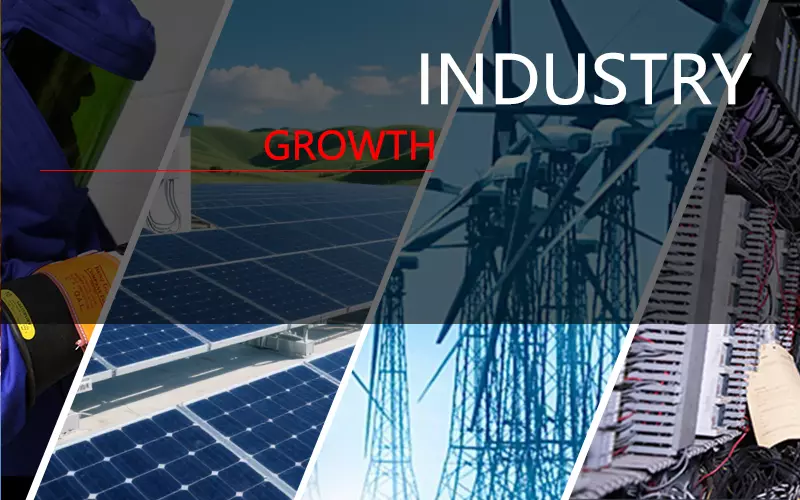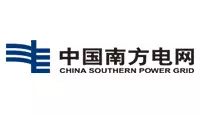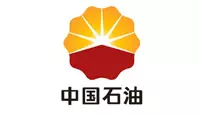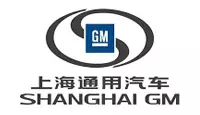Shanghai, China
+86-17317656853
inquiry@cgprotection.com



As the world undergoes a profound transformation in its energy structure, emerging sectors such as energy storage, photovoltaics, and wind power are rapidly expanding. These industries have become the driving forces behind global decarbonization and the pursuit of carbon neutrality. However, as the scale of new energy systems increases and voltage levels rise, electrical safety risks—particularly arc flash hazards—have become more prominent, posing new challenges for worker protection and safety management.
In the era of traditional fossil fuel power generation, electrical operations were relatively centralized and well standardized. In contrast, the new energy landscape features highly distributed systems, with numerous connection points and diverse equipment forms such as photovoltaic inverters, energy storage converters, and wind turbine control systems.
During operations such as maintenance, grid connection, or fault handling, short circuits, poor contacts, or human errors can easily trigger arc discharges, which generate temperatures exceeding several thousand degrees Celsius within milliseconds, along with intense pressure and radiation. Such incidents can result in severe burns, eye injuries, or even fatalities.
As a result, arc flash protection is no longer limited to traditional substations or distribution rooms—it has become a critical safety requirement across the entire new energy value chain.
Energy storage systems integrate large quantities of lithium battery modules, DC combiner boxes, and PCS converters, with operating voltages often reaching 1000V to 1500V or higher. Any internal short circuit or wiring fault can trigger a violent arc flash release, producing catastrophic heat and pressure in an instant.
Therefore, maintenance and commissioning personnel in energy storage facilities must be equipped with arc-rated protective clothing, gloves, face shields, and insulating footwear that comply with international standards such as IEC 61482 and ASTM F1506.
Given the confined spaces and dense equipment layouts typical of energy storage installations, PPE in this sector must combine superior thermal protection with breathability, ergonomic flexibility, and comfort, enabling safe and efficient work in restricted environments.
In photovoltaic power plants, operations such as module maintenance, junction box inspection, and inverter replacement are all associated with arc risks. In DC circuits, an arc can be particularly dangerous because it tends to sustain and propagate, making extinguishing difficult.
In wind power operations, maintenance personnel often work at height within cramped nacelles, where high voltage and mechanical hazards coexist. For these scenarios, arc flash protective clothing must deliver high protection performance while maintaining tear resistance, windproofing, moisture resistance, and lightweight mobility, ensuring both flexibility and safety.
With the rapid expansion of the renewable energy sector, both domestic and international standards have evolved to address new electrical safety needs.
Key standards such as IEC 61482-2 (Protective Clothing Against the Thermal Hazards of Electric Arc), NFPA 70E (Standard for Electrical Safety in the Workplace), and China’s GB/T 38309-2019 (Arc Flash Protective Clothing) define essential requirements, including ATPV (Arc Thermal Performance Value), testing methods, and performance criteria.
Increasingly, energy enterprises are transitioning from reactive protection to proactive prevention, incorporating arc risk assessment, electrical safety classification, and PPE selection into their comprehensive safety management systems.
As digitalization and IoT technologies advance, arc flash protection is evolving toward smart and integrated safety systems. Intelligent arc-rated garments, temperature-monitoring face shields, and PPE integrated with environmental sensors and alarm systems will become standard in future maintenance operations.
Leading safety equipment manufacturers such as Chengge Group are actively investing in the renewable energy protection market, developing high-performance products that combine certified arc protection levels, ergonomic comfort, and international compliance, offering comprehensive safety solutions for energy professionals.
The global energy transition represents not only a technological revolution but also an evolution in safety philosophy.
As emerging industries such as energy storage, photovoltaics, and wind power accelerate, the importance of arc flash protection is rapidly increasing.
Only by strengthening proactive risk management and adopting advanced protective equipment can the renewable energy industry achieve a future that is both green and safe.
Tags:
Shanghai C&G's personal protective clothing and PPE products are trusted by customers in the world. Our products are exported worldwide, with a strong presence in the United States, China, Japan, Germany, the United Kingdom, India, France, Italy, Brazil, and Canada. In addition, we have a significant customer base in other countries across each continent, including Australia, New Zealand, South Africa, Nigeria, and Egypt in Africa; Argentina, Chile, and Mexico in South America; Russia, South Korea, and Indonesia in Asia; Spain, Poland, and Turkey in Europe; and Saudi Arabia and the United Arab Emirates in the Middle East. Wherever you are in the world, we have the products you need to stay safe and protected. Contact us today to learn more about our products and how we can help you meet your safety needs.










© 2023 Shanghai C&G. All Rights Reserved.